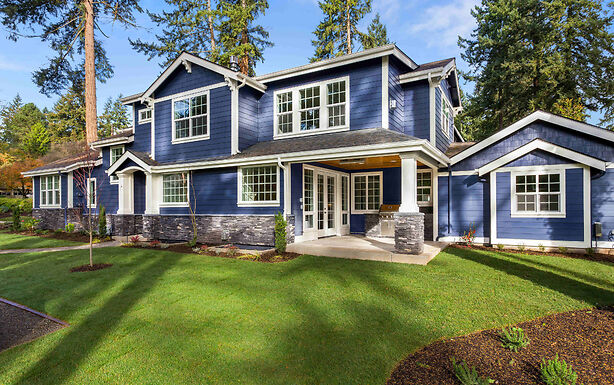A mortgage is a debt instrument, secured by the collateral of specified real estate property, that the borrower is obliged to pay back with a predetermined set of payments. Mortgages are used by individuals and businesses to make large real estate purchases without paying the entire purchase price up front. Over many years, the borrower repays the loan, plus interest, until he or she owns the property free and clear. Mortgages are also known as “liens against property” or “claims on property.” If the borrower stops paying the mortgage, the lender can foreclose.
BREAKING DOWN MORTGAGES
In a residential mortgage, a home buyer pledges his or her house to the bank. The bank has a claim on the house should the home buyer default on paying the mortgage. In the case of a foreclosure, the bank may evict the home’s tenants and sell the house, using the income from the sale to clear the mortgage debt.
Mortgages come in many forms. With a fixed-rate mortgage, the borrower pays the same interest rate for the life of the loan. The monthly principal and interest payment never changes from the first mortgage payment to the last. Most fixed-rate mortgages have a 15- or 30-year term. If market interest rates rise, the borrower’s payment does not change. If market interest rates drop significantly, the borrower may be able to secure that lower rate by refinancing the mortgage. A fixed-rate mortgage is also called a “traditional” mortgage.
With an adjustable-rate mortgage (ARM), the interest rate is fixed for an initial term, but then it fluctuates with market interest rates. The initial interest rate is often a below-market rate, which can make a mortgage more affordable in the short term but possibly less affordable in the long term. If interest rates increase later, the borrower may not be able to afford the higher monthly payments. Interest rates could also decrease, making an ARM less expensive. In either case, the monthly payments are unpredictable after the initial term.
Fixed rate mortgages and adjustable rate mortgages (ARMs) are the two primary mortgage types. While the marketplace offers numerous varieties within these two categories, the first step when shopping for a mortgage is determining which of the two main loan types best suits your needs.
Fixed Rate Mortgages
A fixed rate mortgage charges a set rate of interest that does not change throughout the life of the loan. Although the amount of principal and interest paid each month varies from payment to payment, the total payment remains the same, which makes budgeting easy for homeowners.
The partial amortization schedule below demonstrates the way in which the amounts put toward principal and interest alter over the life of the mortgage. In this example, the mortgage term is 30 years, the principal is $100,000 and the interest rate is 6%.
| Payment | Principal | Interest | Principal Balance |
|---|---|---|---|
| 1. $599.55 | $99.55 | $500.00 | $99900.45 |
| 2. $599.55 | $100.05 | $499.50 | $99800.40 |
| 3. $599.55 | $100.55 | $499.00 | $99699.85 |
As you can see, the payments made during the initial years of a mortgage consist primarily of interest payments.
The main advantage of a fixed-rate loan is that the borrower is protected from sudden and potentially significant increases in monthly mortgage payments if interest rates rise. Fixed rate mortgages are easy to understand and vary little from lender to lender. The downside to fixed rate mortgages is that when interest rates are high, qualifying for a loan is more difficult because the payments are less affordable.
Although the rate of interest is fixed, the total amount of interest you’ll pay depends on the mortgage term. Traditional lending institutions offer fixed rate mortgages for a variety of terms, the most common of which are 30, 20 and 15 years.
The 30-year mortgage is the most popular choice because it offers the lowest monthly payment. However, the trade-off for that low payment is a significantly higher overall cost, because the extra decade, or more, in the term is devoted primarily to paying interest. The monthly payments for shorter-term mortgages are higher so that the principal is repaid in a shorter time frame. Also, shorter-term mortgages offer a lower interest rate, which allows for a larger amount of principal repaid with each mortgage payment. Thus, shorter term mortgages cost significantly less overall. (For more, see Understanding the Mortgage Payment Structure.)
Adjustable Rate Mortgages
The interest rate for an adjustable rate mortgage is a variable one. The initial interest rate on an ARM is set below the market rate on a comparable fixed rate loan, and then the rate rises as time goes on. If the ARM is held long enough, the interest rate will surpass the going rate for fixed-rate loans.
ARMs have a fixed period of time during which the initial interest rate remains constant, after which the interest rate adjusts at a pre-arranged frequency. The fixed-rate period can vary significantly – anywhere from one month to 10 years; shorter adjustment periods generally carry lower initial interest rates. After the initial term, the loan resets, meaning there is a new interest rate based on current market rates. This is then the rate until the next reset, which may be the following year.

